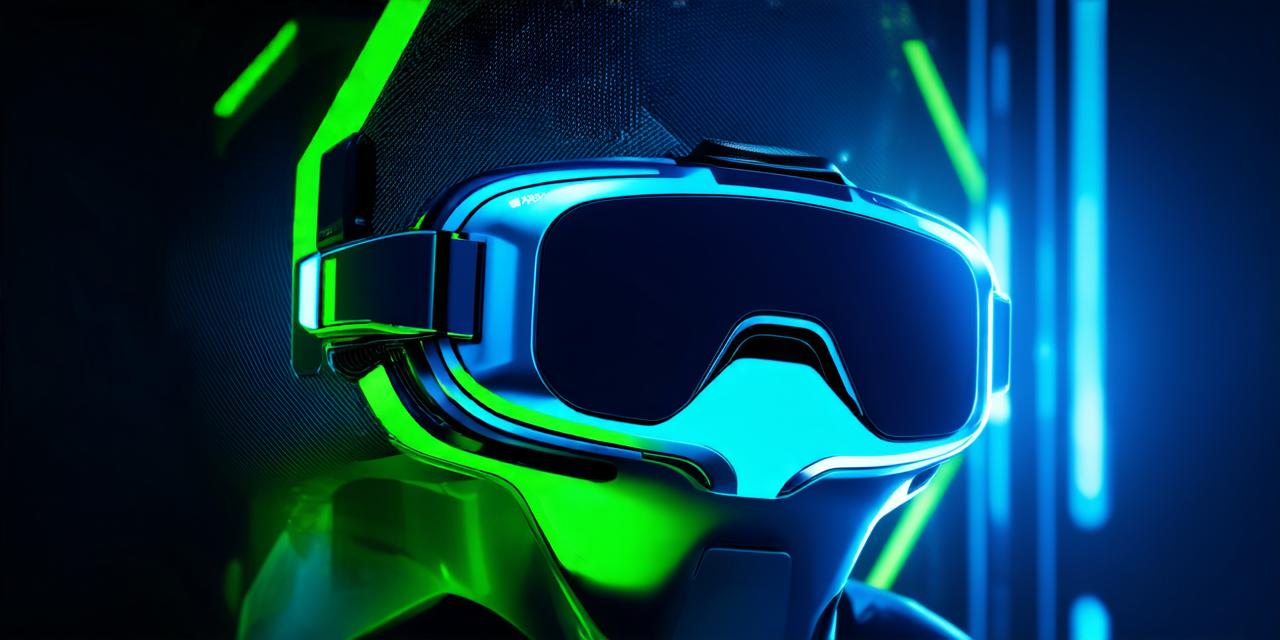Virtual reality (VR) and augmented reality (AR) have become increasingly popular in recent years, with applications ranging from gaming to education and training. These technologies allow users to immerse themselves in a simulated environment or overlay digital information onto the real world.
Tools and Technologies for AR/VR Development
There are several tools and technologies used in AR/VR development, including:
- Unity: a popular game engine that supports both VR and AR development
- Unreal Engine: another widely-used game engine with advanced AR capabilities
- OpenVR: an open-source platform for developing VR applications
- ARKit: Apple’s framework for creating AR apps on iOS devices
- Android SDK: Google’s framework for developing AR apps on Android devices
These tools allow developers to create 3D models, animations, and interactive experiences that can be rendered in real-time. They also provide support for tracking user movements and interactions with the virtual environment, as well as integrating with other technologies such as cameras and sensors to provide a more immersive experience.Challenges of AR/VR Development
AR/VR development presents several challenges, including:
- Motion sickness: caused by the disconnect between what the user sees and their physical body’s sense of motion, which can lead to nausea and dizziness.
- Comfortable ergonomics: designing a comfortable and natural experience for users while wearing VR headsets or other devices that may require some level of physical effort to use.
- Performance optimization: optimizing the rendering and processing power of AR/VR applications to ensure smooth and responsive experiences.
- User interface design: creating intuitive and easy-to-use interfaces that allow users to interact with the virtual environment in a natural way.
Best Practices for AR/VR Development
Here are some best practices for AR/VR development:
- Start small and iterate: begin with a simple prototype or demo, and gradually add complexity as the project progresses. This allows for more efficient development and testing, and can help identify issues early in the process.
* Focus on user experience: prioritize creating a comfortable and immersive experience that is intuitive and easy to use. This will help ensure that users remain engaged and motivated throughout their interactions with the virtual environment.
* Test thoroughly: extensively test AR/VR applications to identify and fix issues related to motion sickness, comfort, performance, and user interface design.
* Consider accessibility: make sure AR/VR experiences are accessible to as many people as possible, including those with disabilities or physical limitations.
Summary
AR/VR development presents a unique set of challenges and opportunities for creating immersive and interactive experiences. By using the right tools and technologies, following best practices, and prioritizing user experience, developers can create engaging and effective AR/VR applications that have a wide range of applications in gaming, education, training, and more.
